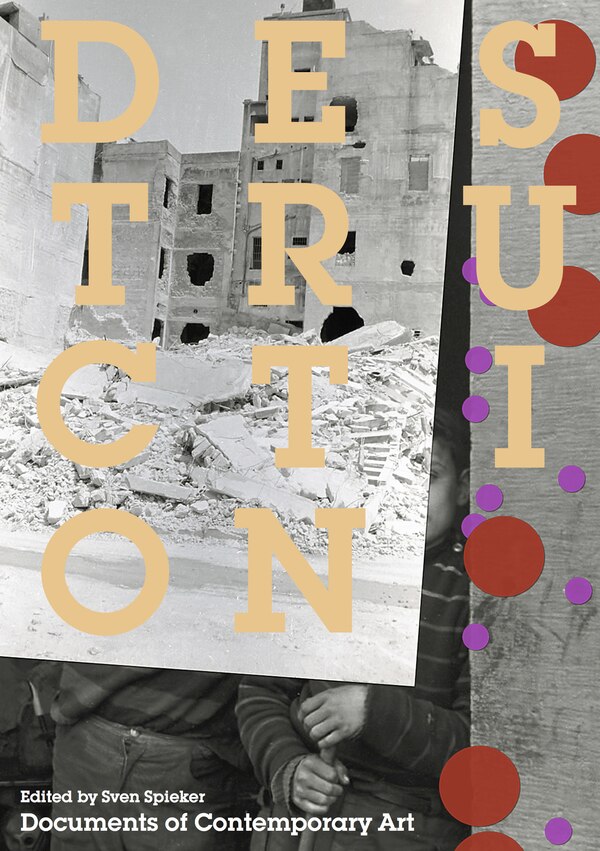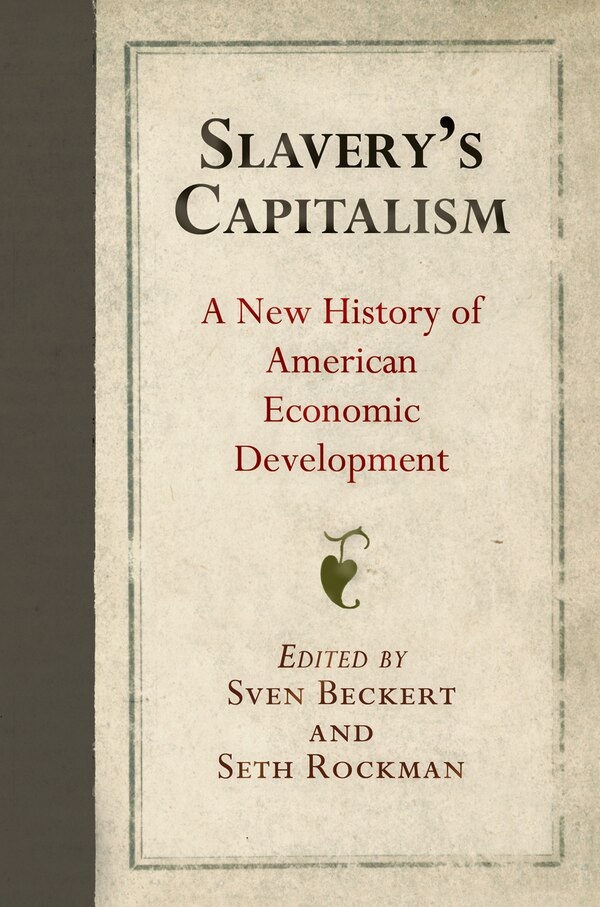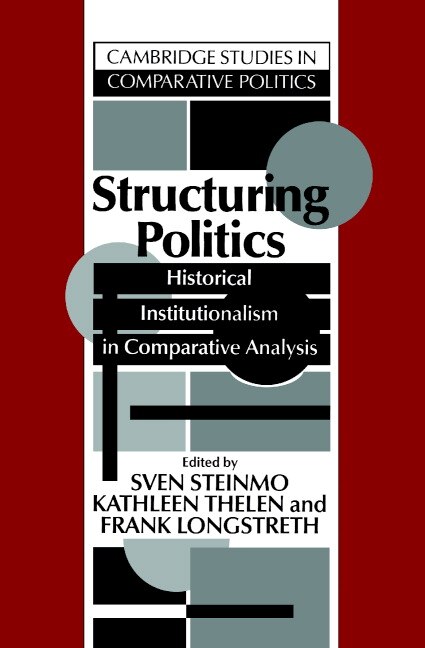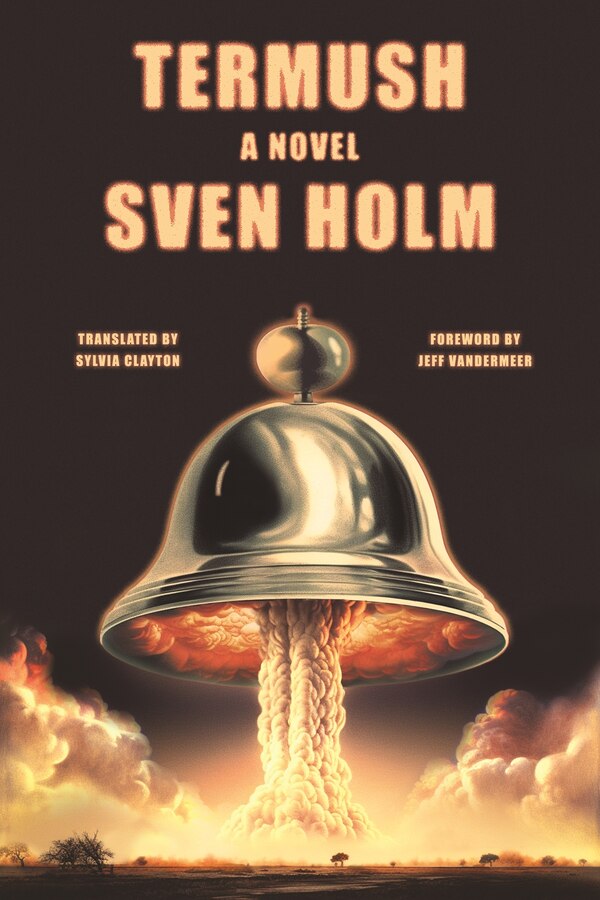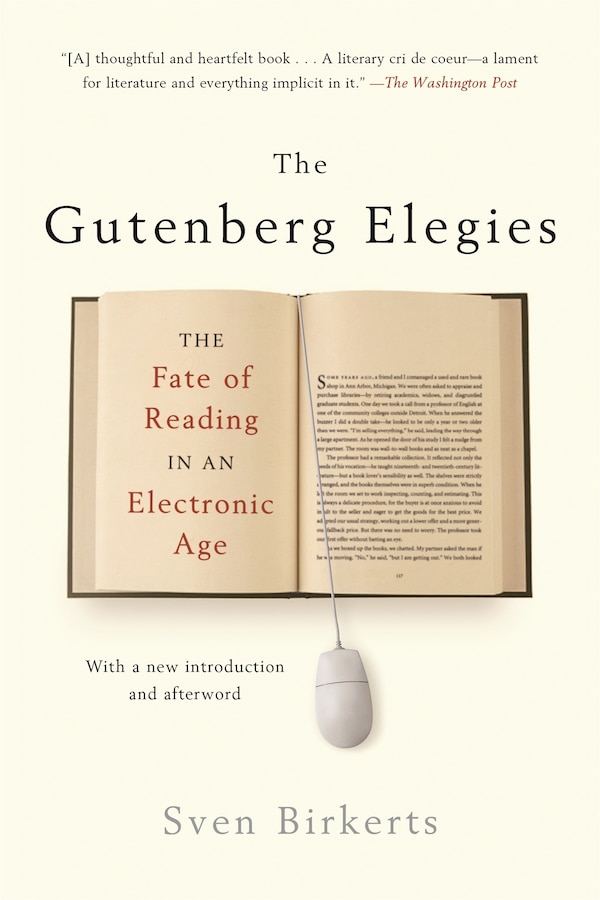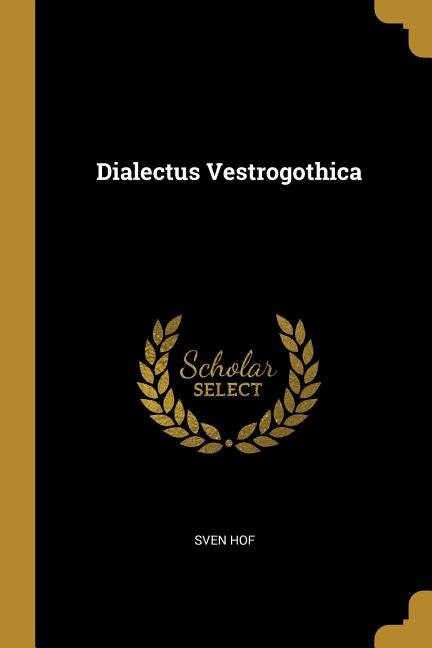
Give the Gift of Choice!
Too many options? Treat your friends and family to their favourite stores with a Bayshore Shopping Centre gift card, redeemable at participating retailers throughout the centre. Click below to purchase yours today!Purchase HereHome
The Big Archive by Sven Spieker, Paperback | Indigo Chapters
Coles
Loading Inventory...
The Big Archive by Sven Spieker, Paperback | Indigo Chapters in Ottawa, ON
From Sven Spieker
Current price: $40.81


From Sven Spieker
The Big Archive by Sven Spieker, Paperback | Indigo Chapters in Ottawa, ON
Current price: $40.81
Loading Inventory...
Size: 0.68 x 9 x 1.075
*Product information may vary - to confirm product availability, pricing, shipping and return information please contact Coles
The archive as a crucible of twentieth-century modernism and key for understanding contemporary art. The typewriter, the card index, and the filing cabinet: these are technologies and modalities of the archive. To the bureaucrat, archives contain little more than garbage, paperwork no longer needed; to the historian, on the other hand, the archive's content stands as a quasi-objective correlative of the living past. Twentieth-century art made use of the archive in a variety of ways—from what Spieker calls Marcel Duchamp's anemic archive of readymades and El Lissitzky's Demonstration Rooms to the compilations of photographs made by such postwar artists as Susan Hiller and Gerhard Richter. In The Big Archive, Sven Spieker investigates the archive—as both bureaucratic institution and index of evolving attitudes toward contingent time in science and art—and finds it to be a crucible of twentieth-century modernism. Dadaists, constructivists, and Surrealists favored discontinuous, nonlinear archives that resisted hermeneutic reading and ordered presentation. Spieker argues that the use of archives by such contemporary artists as Hiller, Richter, Hans-Peter Feldmann, Walid Raad, and Boris Mikhailov responds to and continues this attack on the nineteenth-century archive and its objectification of the historical process. Spieker considers archivally driven art in relation to changing media technologies—the typewriter, the telephone, the telegraph, film. And he connects the archive to a particularly modern visuality, showing that the avant-garde used the archive as something of a laboratory for experimental inquiries into the nature of vision and its relation to time. The Big Archive offers us the first critical monograph on an overarching motif in twentieth-century art. | The Big Archive by Sven Spieker, Paperback | Indigo Chapters
The archive as a crucible of twentieth-century modernism and key for understanding contemporary art. The typewriter, the card index, and the filing cabinet: these are technologies and modalities of the archive. To the bureaucrat, archives contain little more than garbage, paperwork no longer needed; to the historian, on the other hand, the archive's content stands as a quasi-objective correlative of the living past. Twentieth-century art made use of the archive in a variety of ways—from what Spieker calls Marcel Duchamp's anemic archive of readymades and El Lissitzky's Demonstration Rooms to the compilations of photographs made by such postwar artists as Susan Hiller and Gerhard Richter. In The Big Archive, Sven Spieker investigates the archive—as both bureaucratic institution and index of evolving attitudes toward contingent time in science and art—and finds it to be a crucible of twentieth-century modernism. Dadaists, constructivists, and Surrealists favored discontinuous, nonlinear archives that resisted hermeneutic reading and ordered presentation. Spieker argues that the use of archives by such contemporary artists as Hiller, Richter, Hans-Peter Feldmann, Walid Raad, and Boris Mikhailov responds to and continues this attack on the nineteenth-century archive and its objectification of the historical process. Spieker considers archivally driven art in relation to changing media technologies—the typewriter, the telephone, the telegraph, film. And he connects the archive to a particularly modern visuality, showing that the avant-garde used the archive as something of a laboratory for experimental inquiries into the nature of vision and its relation to time. The Big Archive offers us the first critical monograph on an overarching motif in twentieth-century art. | The Big Archive by Sven Spieker, Paperback | Indigo Chapters

